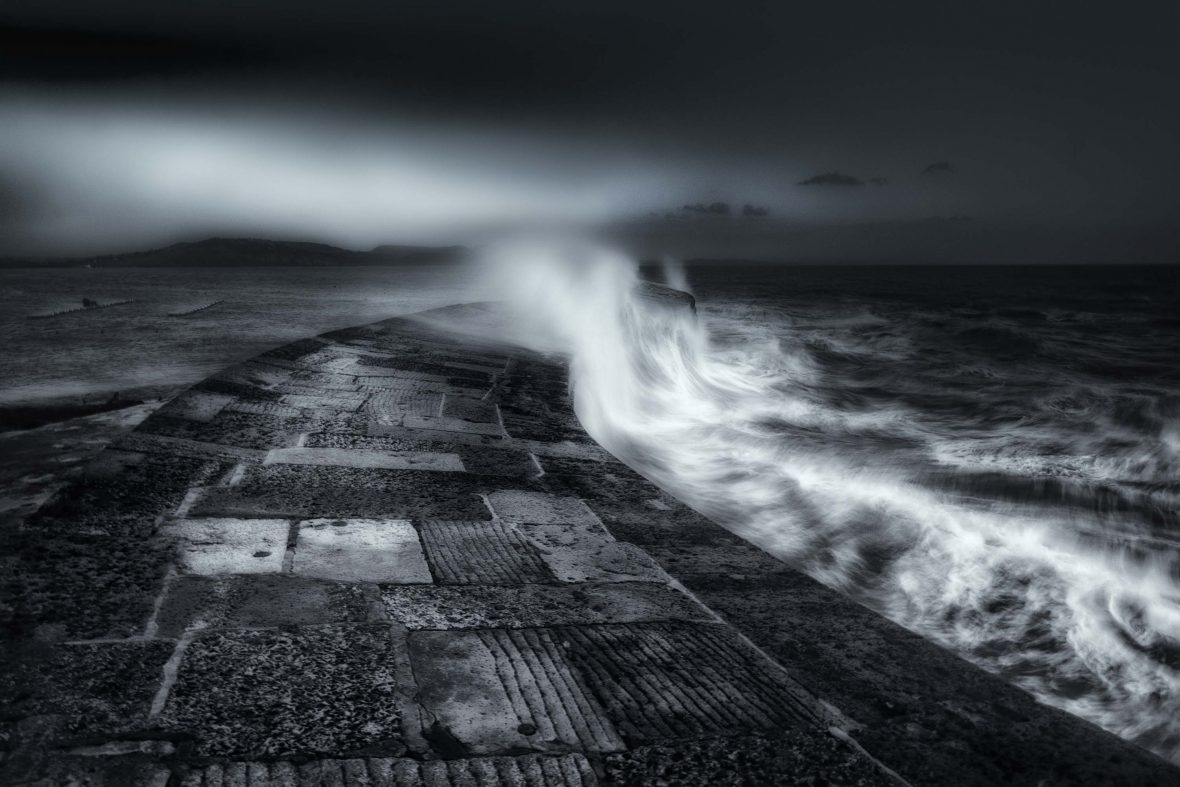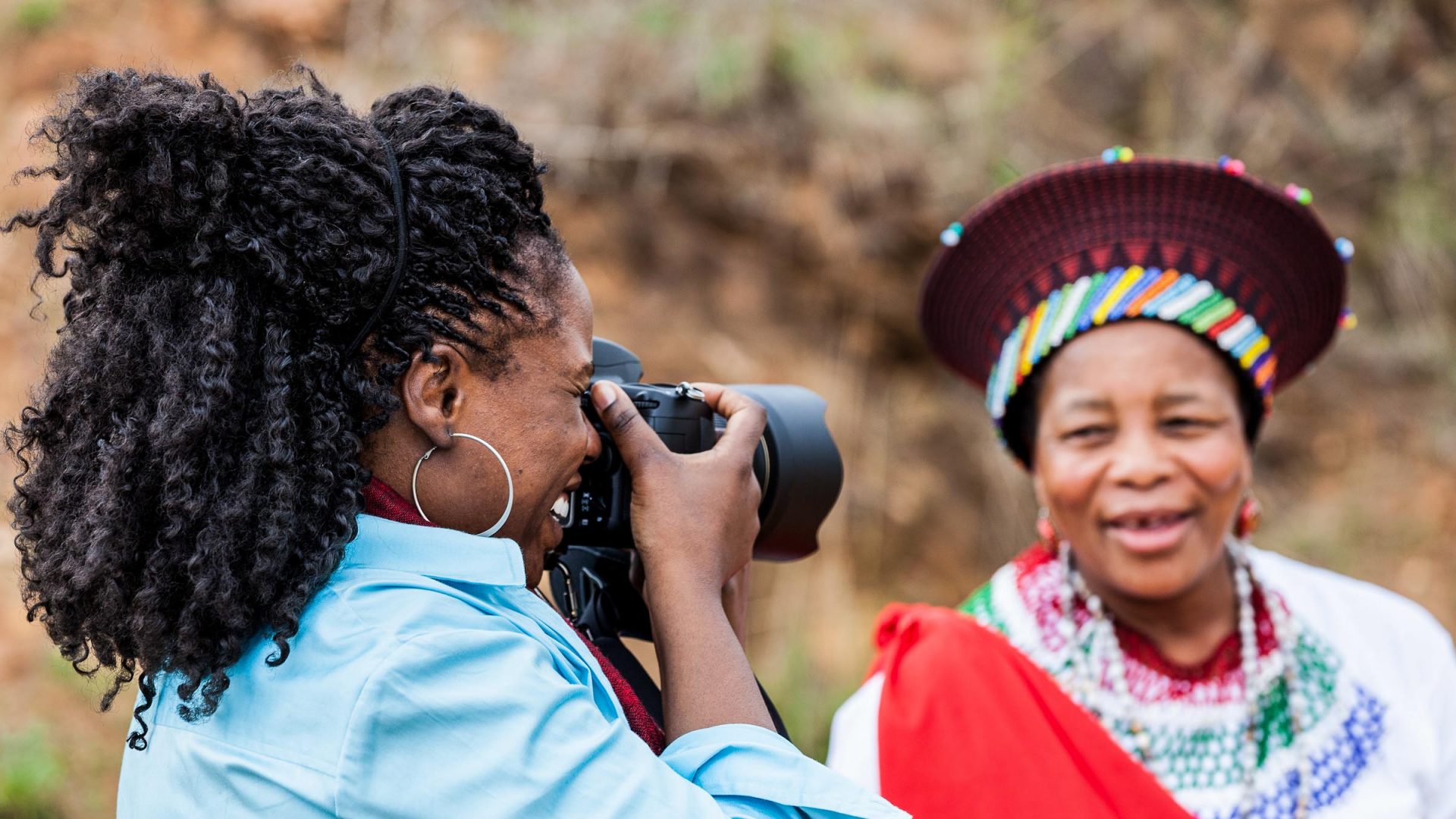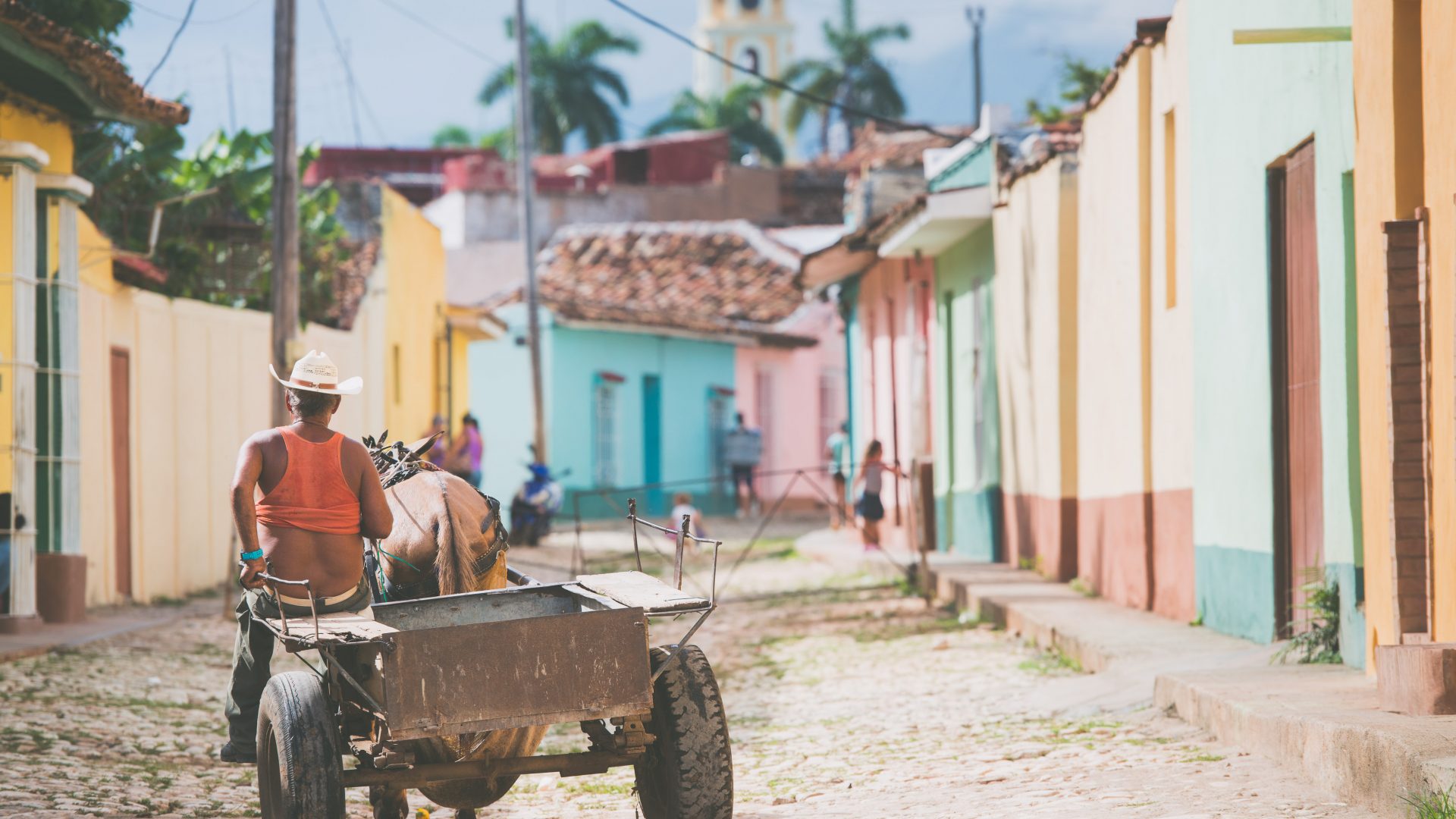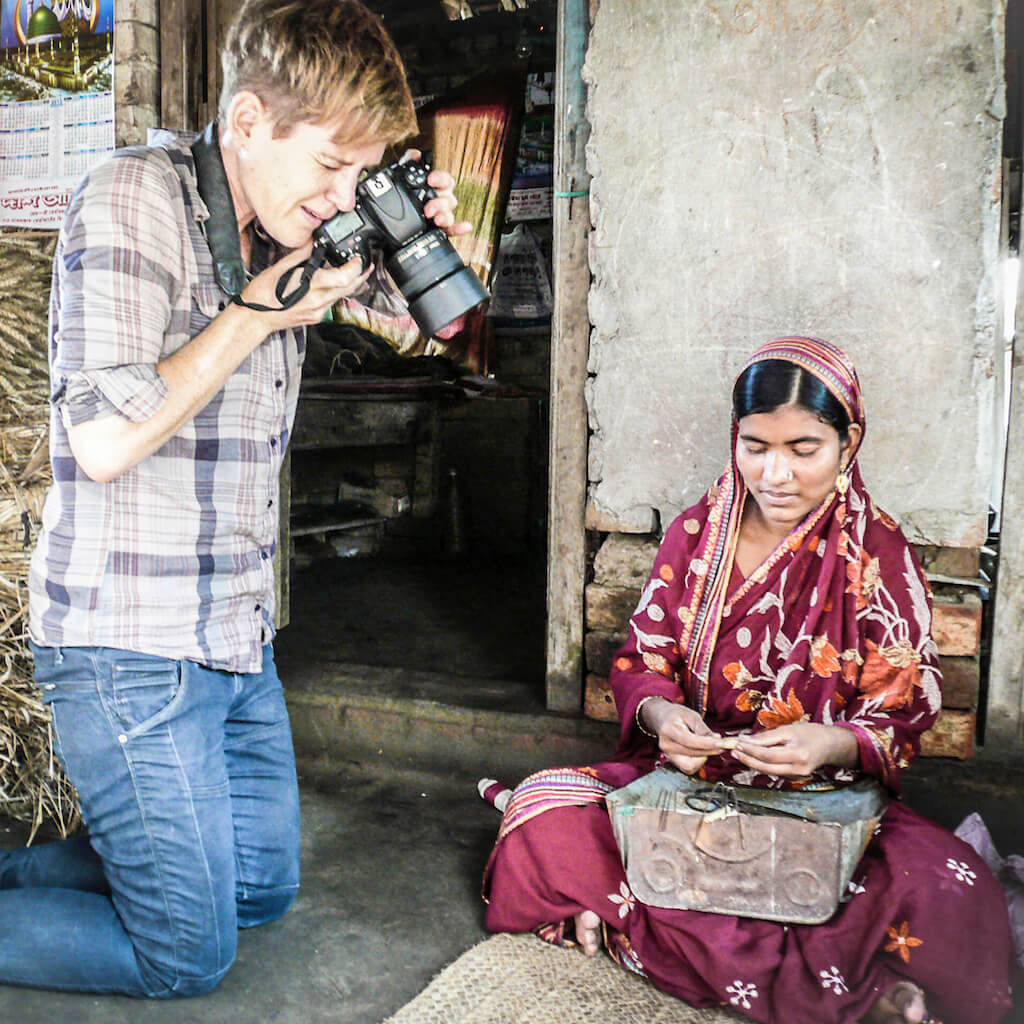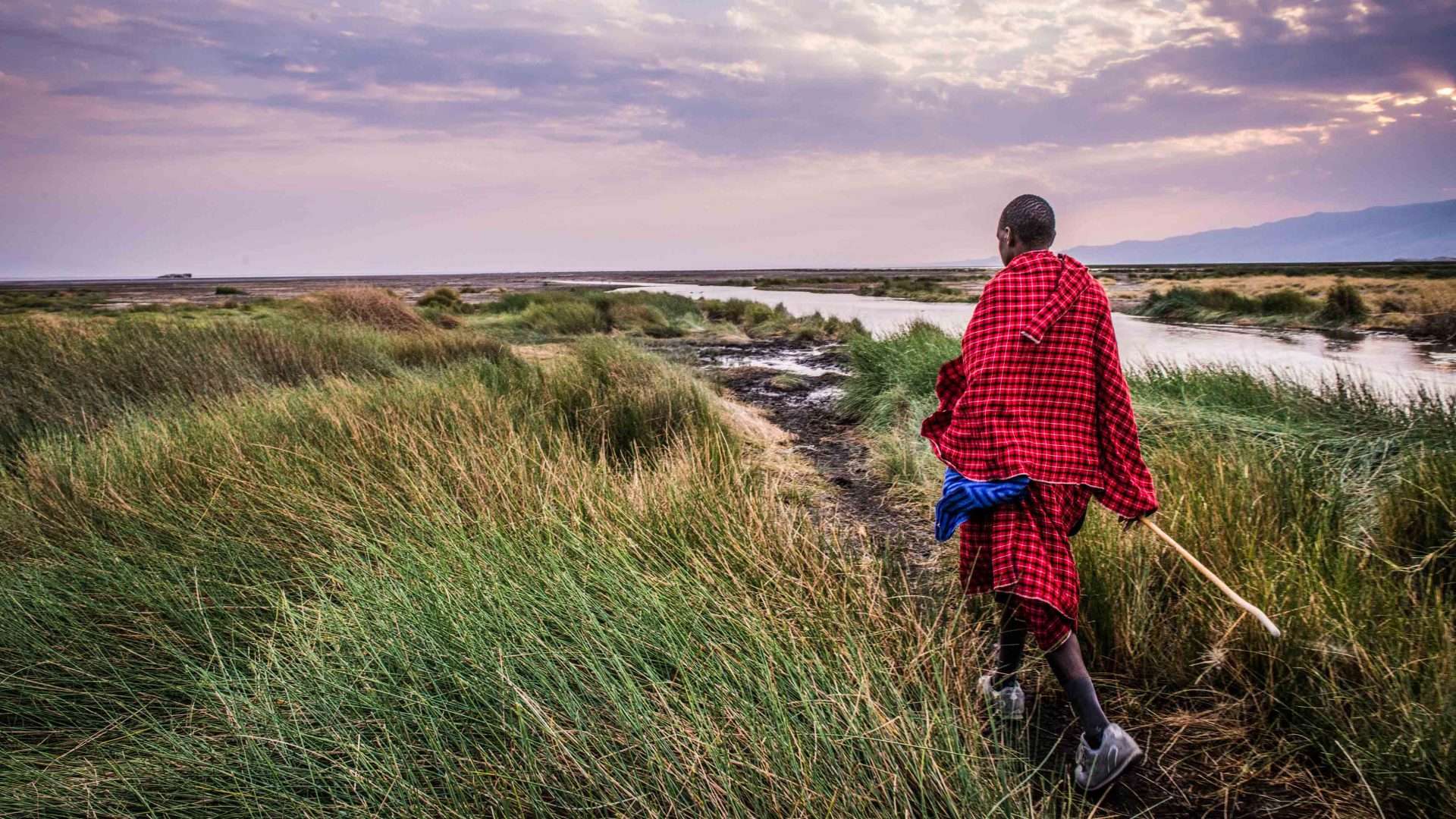Editor’s note: This article was published before the coronavirus pandemic, and may not reflect the current situation on the ground.
Landscape photography is more than just capturing beautiful images—it’s a way to reconnect with nature and get a little headspace in a fast-moving digital world, says Graeme Green.
“Photography is, for me, about being outside and experiencing the planet,” photographer Antony Spencer says. “It’s about experiencing places and feeling like you can still get lost in a world.”
In the digital age of smartphones and social media, where it can feel like every inch of the planet has been snapped and shared, it’s still possible to get ‘lost’ and find unique locations to produce original photographs. Spencer, who won the prestigious Landscape Photographer of the Year award back in 2010, travels around the world, from Cornwall to Colorado, often guiding tours to little known corners.
Over the years, previously ‘unexplored’ areas of Norway and Iceland have, he says, started to become more popular with photographers, pushing him towards lesser known locations in Greenland, or using helicopters to access tourist-free glaciers and river deltas in Iceland. “One of the reasons I was drawn to landscapes is because I have a major fascination with the outside world,” says Spencer. “It’s also a chance to slow down in a world that is so fast-paced. The world changes all the time, perhaps not always for the better. Having a chance to slow down is more and more important.”
Slowing down is a major factor in the rise of landscape photography’s popularity. British landscape photographer Charlie Waite is the founder of Light & Land, a company that runs photography holidays and workshops in the UK and around the world. Over the past 25 years since the company started, he’s seen a steady increase in the number of people taking tours—some take two or more per year—and noticed a growing number of female photographers joining trips.
RELATED: The art of smartphone-free travel
A break from the full-on assault of modern life, work, family and social media, as well as the arrival of easy-to-use digital cameras and smartphones, could explain the uptake. “The faster we’re going as people, the less our feet are firmly on the ground,” Waite says. “We’ve become preoccupied with technology and communication, and we’ve become very dislocated. We can use the camera to re-engage with ourselves because it can help you notice things around you that otherwise you might miss. It certainly makes me feel more connected to the landscape and to the world.”
As well as time to contemplate, there’s the obvious benefit that exploring a landscape to photograph it requires exercise. “We’re all becoming more aware of our ‘five a day’, that we should focus more on nutrition and better health, and that we should exercise for at least 20 minutes a day,” says Waite. “Few of us are able to pursue any such regime, despite wanting to. Landscape photography can give you that little push. When I’m in the company of people who join me on our photography workshops, I feel they’re very much rewarded by the immersive experience that landscape photography can bring.”
RELATED: Is it time for travel photographers to take more responsibility?
A chance to reconnect with the natural world is also part of the appeal for Terry Gibbins. Working as a black cab driver in London, Gibbins also spends time photographing and guiding workshops in locations across the capital, such as Canary Wharf. But he also takes his camera out as often as possible to the wilds of Scotland, Northumberland and the South Downs. “I love to get out in the great outdoors,” he says. “It’s the perfect antidote to what I do. I spend so much time cooped up in this little box, driving around a big congested city. To get somewhere quiet gives you time to think and to breathe. I think we all sometimes feel the need to escape.”







